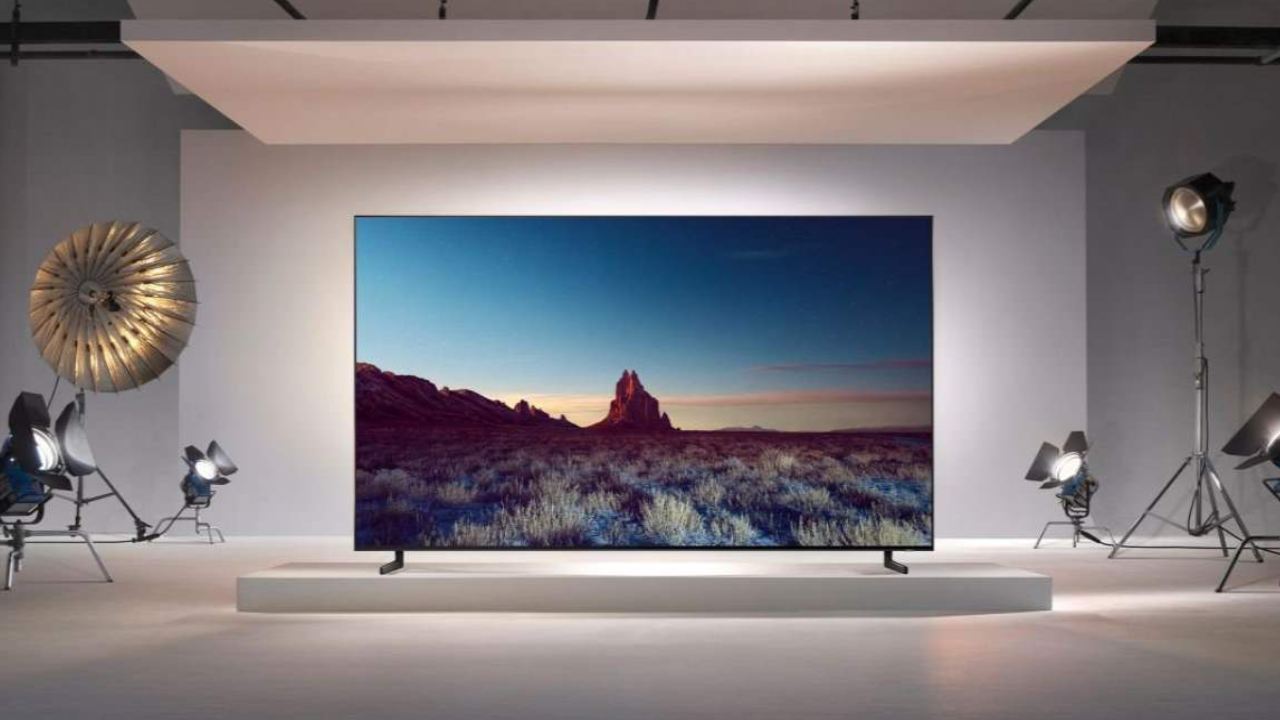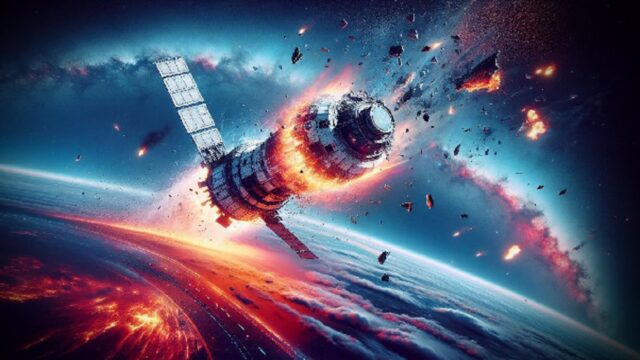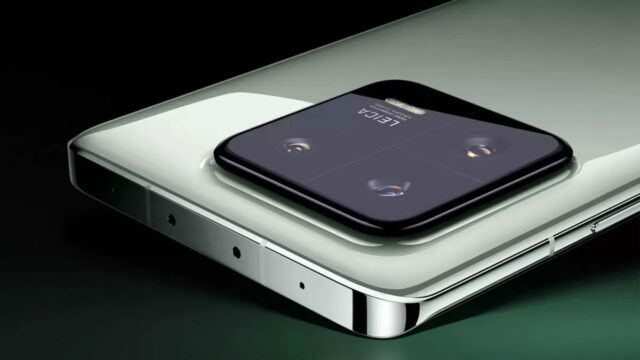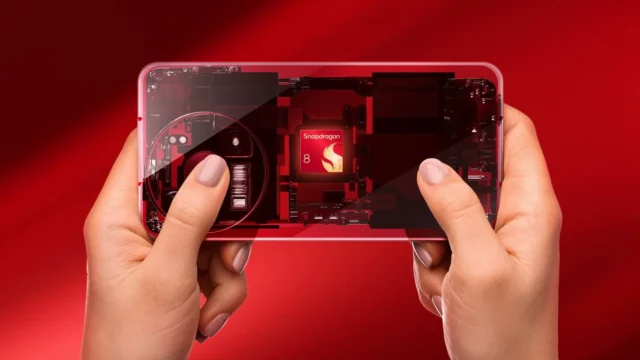Today, high-definition TV technology is up to 8K. But since the days of HD TVs, one question has been on the agenda again. How necessary is a high-definition 8K TV? Actually, the answer to this question depends on how compatible the content is with this format.
How necessary is 8K TV technology? Barriers and opportunities
Over the last three years, 8K TV models have come to dominate the market. In fact, the first models started to appear in 2018. In this sense, companies offer 8K TV models with high contrast display technologies such as OLED, QLED, NEO OLED.
8K screens have a resolution of 7680 × 4320 according to standards. These high-resolution models also have nearly three times the number of pixels compared to 4K. However, it may be too early for these models with higher contrast and higher resolution.
One of the main reasons for this is that it is currently very difficult to find images compatible with the 8K format. YouTube supports the format, but very little content has 8K resolution yet. In fact, the world of movies and TV shows is slowly starting to announce productions with 8K image support.
A major obstacle for 8K: Low-resolution TV broadcasts
In contrast, regular TV broadcasts are far behind. Especially in Turkey, even the HD broadcast format has only recently become the standard. Of course, 8K TV models have the possibility to correct low-resolution content, including TV broadcasts. However, while this correction works well, the same feature is also available on 4K TV smart TV models. Even the HD ready models had image resolution upscaling. Of course, this feature has become even more useful in 8K models.
With 8K TV models, it has now become standard in smart TV. Brands have to correct especially low-resolution content so that you can see it on these screens. This means that TVs must at least have an image processing feature.
As you know, the biggest problem, especially in HD and Ultra HD models, was that TV broadcasts looked very bad. The low resolution of the TV broadcast, the lack of 4K, 2K or even HD content made it pointless to use these models. Although all these problems have been overcome today, the same problems are now facing 8K.
The movie and TV series industry’s slow transition to 8K image technology
So why are movie, TV, TV series platforms moving slower to move to 8K image technology? First of all, 8K TV models are still very expensive. This is one of the biggest obstacles for consumers to turn to these models.
The cost of camera equipment to be used to shoot 8K images is also a major factor. Again, the fact that the image takes up more space is another problem for the movie and series industry. This means both more labor and more time spent on images.
Satellite internet services such as Starlink are also not yet widespread and are expensive even by US standards. This is among the factors that prevent 8K images from being watched more accurately, especially on content platforms.
Nevertheless, 8K is expected to become the standard for movies, TV series platforms and YouTube in the next five years. So do you think it is too early for 8K TV models? Should 4K TV models be preferred instead? We are waiting for your comments.















